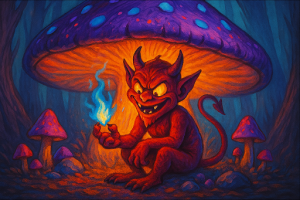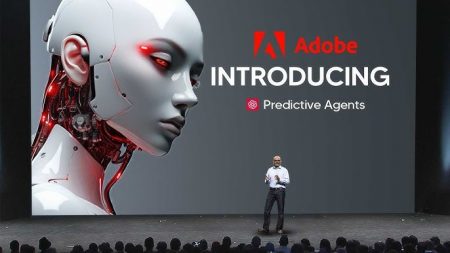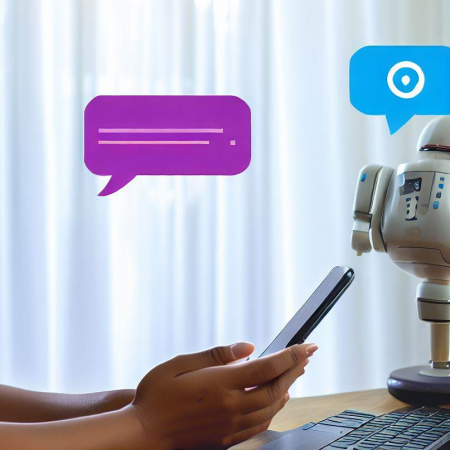AI, currently, does give indication that it is taking more than it gives from our time, thought, data, privacy and more, says Uma.
Artificial Intelligence is the biggest discussion and seller in anyone’s resume today. Every organisation advertising for new roles is looking for individuals who have the magic words,’Automation’ or ‘Machine Learning’ or ‘Deep learning’, in their CVs.
All organisations have their front page mentioning the use of machine learning and AI enhancing their product and service catalogue. But truly what does it all mean and what is it going to cost us? Let’s explore.

The true cost versus value
As a use-case, to build an AI solution to write this article, I would not really require to spend anything apart from the use of my time and some ‘smart searching’! However, The cost of AI writing tools can vary depending on the features and functionalities offered. Some AI writing tools are free to use, while others have monthly or yearly subscription fees. The cost of AI writing tools can also vary depending on the number of users and the amount of content that needs to be generated.
Here are some of the most popular AI writing tools and their costs per Google Labs:
- Grammarly: Grammarly is a free AI writing assistant that can help with grammar, spelling, punctuation, and style.
- ProWritingAid: ProWritingAid is a paid AI writing assistant that offers more features than Grammarly, such as plagiarism detection and style suggestions.
- Hemingway Editor: Hemingway Editor is a free AI writing tool that helps you improve your writing style.
- Google Docs AI Writer: Google Docs AI Writer is a free AI writing tool that helps you generate text for your documents.
- OpenAI Codex: OpenAI Codex is a paid AI writing tool that can generate code, translate languages, and write different kinds of creative content.

The cost of AI writing tools is a small investment that can save you time and money in the long run. AI writing tools can help you improve your writing, generate content, and automate tasks. There are various tools like Grammarly or ProWritingAid that will help with spelling, punctuations, re-writes, plagiarism detection. The more time I spend, I can find more complex methods from Open AI Codex, to even Google Docs AI writer. But the key is, what did it cost for the companies to build a tool like Grammarly.
If sources are to be believed, ‘Grammarly, a start-up whose software highlights issues,said recently that it sports a $13 billion valuation after taking on $200 million in new funding from Baillie Gifford, General Catalyst, funds and accounts managed by BlackRock and other investors.’

But how do they make their money?
Simple, they offer premium subscriptions to their commercial and private users and use the limited extensions for free with a hope that the limitation will demonstrate the value to sign up for premium subscription. They also offer their services to universities and other educational institutions. Known as the “Grammarly@EDU” brand, it’s a popular tool implemented by more than 1,000 academic partners.
So, the above example is fulfilling the need in the market. We will still need the teachers, the creators but the tool does manage to fill the gaps and manage the ease of work.
What is the true cost of building an AI tool vs using one?
Like many new systems, the base version is floated to assess interest, however, for advanced systems, the key would be investment decisions on:
1. The type of automation required
2. The complexity one wants it to churn
3. The underlying data set that it needs to use
On average, companies can expect to pay anywhere from $0 to more than $1,000,000 for an AI software solution. Since the range is varying, the pricing will vary as well depending on the scale of operations. AI consultants could typically charge from $200 to $300 an hour on an average.
| Custom AI solutions | Third-party AI software |
| £6000 to over £500,000 | £40,000 per year to as little as £0 |
Chatbots, Content writing services, predictive texts, etc. are standard automation aspects, but the cost keeps adding up once we need effectiveness, efficiency and optimisation. This then compounds with aspects like storage, maintenance and expertise required to manage the automation. Although the cost can be optimised, with the current world, the cost is not the same as it was when it was sold initially.
A good example of cost would be the use of iCloud, Apple has just quietly raised the price of all of its paid-for tiers in the UK, including the 50GB, 200GB and 2TB plans. The cost has now increased by 25% from £6.99 to £8.99 for the 2TB plans. iCloud+ subscribers will now pay £0.99 per month for the 50GB plan, £2.99 per month for the 200GB plan as well.

Keeping an eye on the Blind-spot
This means that for all the storage capacity requirements, the sustainability requirements, etc. it will come at an increased cost. The key is to keep a balance and remain clear on the cost versus the value and not get blindsided by the next new shiny release. Most if not all of the software is programmed by people using massive unstructured datasets. There is significant human activity required along with the requirement of massive processing power.
“We want to pretend that there’s this AI behind the curtain that’s freestanding. But, actually, there’s millions of people there, too.” Jaron Lanier, a computer scientist said this when Google-DeepMind’s AlphaGo AI program took a 2-0 in a chess game against Lee Sedol. Sedol wasn’t just playing against one AI program. In fact, he was playing against the “aggregate of 30 million moves made during previous games by human players”.
AI will continue to grow and like everything will come at a cost. AI currently does give indication that it is taking more than it gives from our time, thought, data, privacy and more.
In case you missed:
- None Found









